Engaging Parents to Sustain Making in Schools
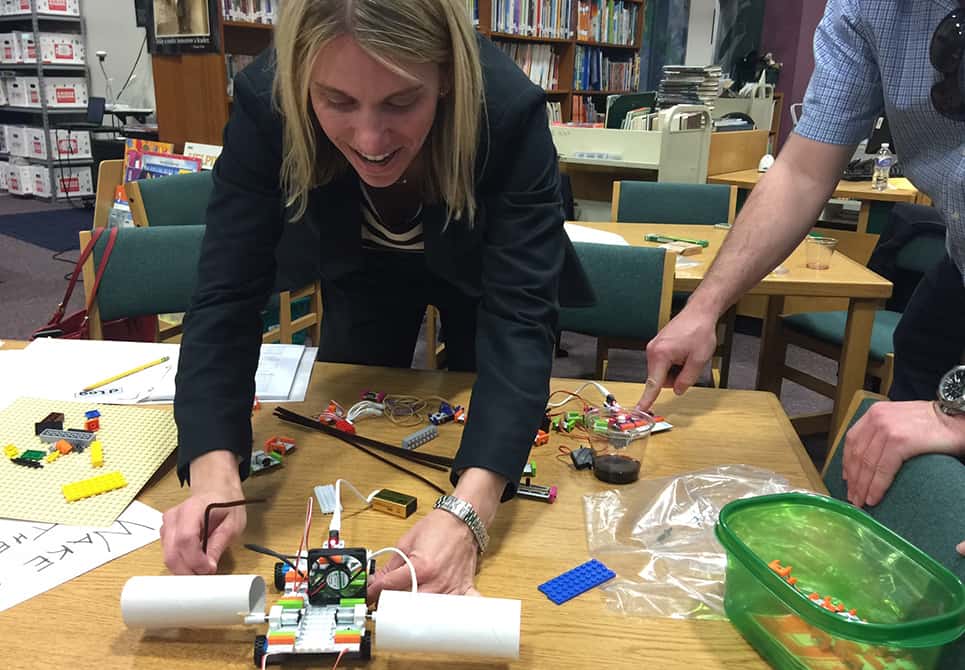
Patrick Benfield
It’s an exciting time to be a maker educator. It seems like everywhere I look, there’s inspirational work happening in community fab labs, a school launching a new innovation program, or a library incorporating STEAM into its space. At St. Gabriel’s in Austin, Texas, we entered the fray last fall with STEAM by Design, an approach to constructivist learning that uses classroom space in conjunction with a dedicated fab lab.
While I’m optimistic about the current trajectory of making in schools, I’m keenly aware that the path to innovative educational reform is paved with failed initiatives, like the LA Unified iPad fiasco back in 2013 or Facebook founder Mark Zuckerberg’s less than successful philanthropic experiment in Newark.
A common theme in these attempts to “disrupt” education is the failure to successfully engage the schools that they were designed to support. If our goal as maker educators is to avoid implementing just another initiative du jour, it’s up to us to not only state our case, but to also invite our parent communities to be a part of the journey. With so many variables that affect a school, like funding, policies, and state mandates, parents have the power be a constant source of support for progressive education.
“…one must expect that I will not be able to tell you my idea of constructionism…Instead, I must confine myself to engage you in experiences…” -Seymour Papert
As ardent supporters of making in schools, we not only understand the empowering nature of turning an idea into something tangible and shareable, but also the obvious benefits associated with students having agency over their own learning–just look at the Sylvia’s Super Awesome Maker Show. But for parents who are justifiably concerned with their Student’s future, which may be determined in part by standardized test scores, “learning-by-doing” may seem like fun, but irrelevant for the SAT. Similarly, with so many “innovative solutions” that did not live fully up to expectations, why should parents simply take our word for it?
What this means is that it’s not enough to simple tell them how making is such a game changer for education. Rather, it’s our responsibility to create for parents their own set of experiences so they can develop their own understanding, in the same way that we do for our students. In this way, we not only educate and reassure them, but also establish an enduring partnership, one with the student as the central focus our enterprise.
So how can we accomplish this? As educators, we know that parents are already bombarded by information –weekly folders, email, newsletters, and blogs–so we need other avenues to get our message out. Understandably, the way in which we do this will vary depending on our particular campus dynamic and school culture.
For St. Gabriel’s, I decided the best way forward was to take the advice of a colleague in California, which to paraphrase was: get out of the way and let the students shine; trust kids! Using that idea as a springboard, I set out to invite the parent community to not only see what their children were doing, but to create an play with the same powerful tools and ideas their children were using.
“The maker movement treats children as if they were competent. “ -Sylvia Martinez & Gary Stager
The first step in this process was a series of monthly socials I organized called “Bits & Bytes” that were held after school. As I became more comfortable hosting them, these nights went through a few iterations before I settled on a final format. Each one began with a brief presentation to introduce STEAM by Design, followed by a participatory activity with a thematic focus, then closed with parent reflections and questions.
Over the course of the these events, parents learned about tinkering, programming, and rapid prototyping while working with LittleBits, Makey Makey, Scratch and craft materials. The best part was that the students led these nights and took ownership of each event. What better way to demonstrate the benefits of student agency than by seeing your own child lead a group of adults through a design thinking exercise or helping to debug a program?
One of my favorite parts about this approach, where the students take the lead, is that it provides parents a unique opportunity. For starters, they are able to see students in a new light, as experts who are with a high degree of understanding and enthusiasm about the material. Time and again, when we were reflecting on the night’s events, the participants were surprised at the depth of knowledge, creative thinking, and confidence exhibited by the student presenters.
Secondly, it provides a window into the learning and facilitation models most appropriate for these type of activities. All too often, even in Maker Faires and magazines, only the final product it celebrated and talked about. When this happens, it’s understandable associate making with simple another variation of hands-on learning. What usually gets left out is the nonlinear, messy work of the iterative process, where failure is always an option. In other words, one of the most essential elements is left out–the thinking and underlying processes involved. When parents are allowed to see the magic behind the curtain, they’re able to see the transformative nature of the Maker Movement beyond the jargon and buzzwords associated with it.
Of course, hosting a series of nights may not be the best option for every school, and even for St. Gabriel’s, it was part larger strategy to inspire parents to support of maker education. From participating in the Austin Mini Maker Faire, to using Seesaw to chronicle our projects, to reaching visiting museums like the Thinkery, the most important thing is to remember is that making anything meaningful and lasting is a collaborative effort.
For more check out:
- Infographic | The Rise of Maker Ed
- The Maker Movement: What it Looks Like, Mindsets and Motivation
- Smart List: 34 STEM Networks & Maker Resources
Patrick Benfield is STEAM Director at St. Gabriel’s Catholic School in Austin, TX. Follow Patrick on Twitter, @McLemoreAve.
Stay in-the-know with all things EdTech and innovations in learning by signing up to receive the weekly Smart Update. This post includes mentions of a Getting Smart partner. For a full list of partners, affiliate organizations and all other disclosures please see our Partner page.



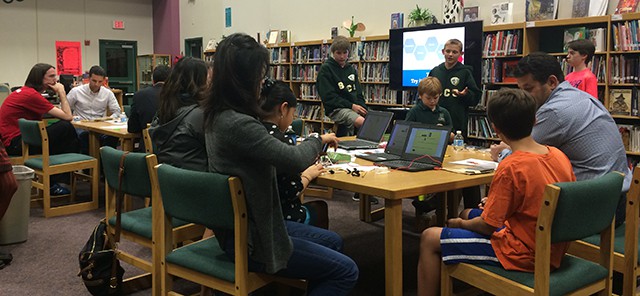
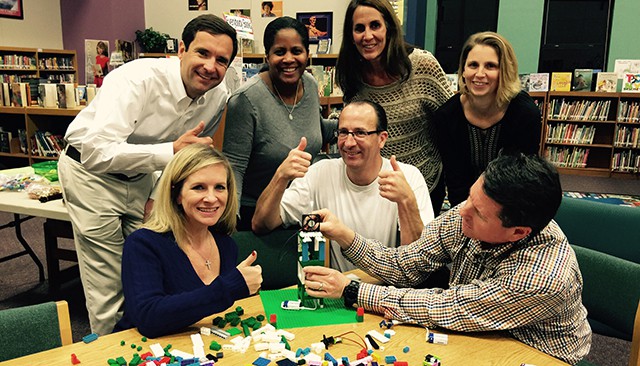
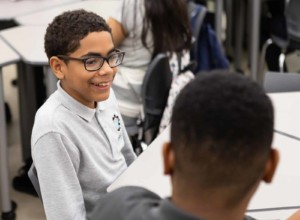

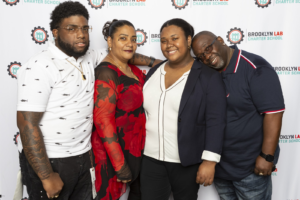

Andrew Miller
Well said Patrick ! There are many pieces to any puzzle and getting maker education to take firm hold in schools takes more than just educator enthusiasm. We need parents to fully understand it as well.
Nancy Needham
Excellent post-- experiential learning works for other subjects as well, and for the reasons Patrick states. Students can excel when they are not underestimated, not bored, and given opportunities to create coupled with problem solving.